Feeds
All Feeds Content
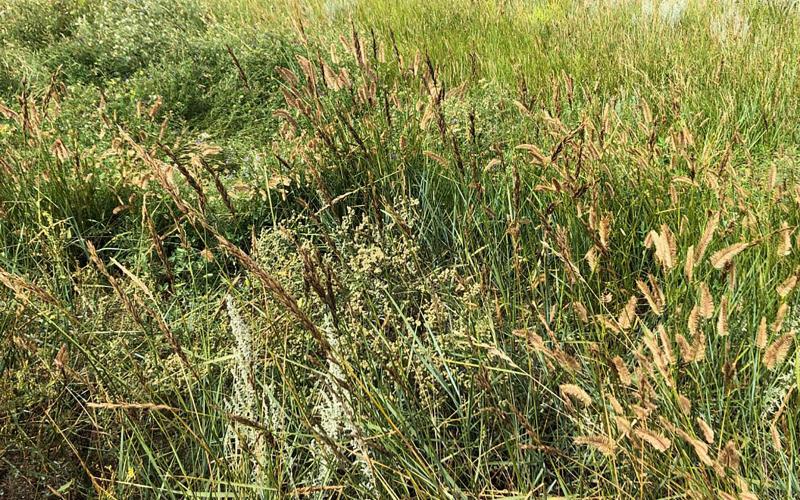
Ergot in Western Wheatgrass and the Potential Effects for Winter Grazing
2019 has been a year fraught with challenges for ranchers across South Dakota. Abundant precipitation is usually a blessing, however, wet conditions coupled with a cool spring followed by warmer temperatures has caused another problem across the rangelands of South Dakota: ergot poisoning.
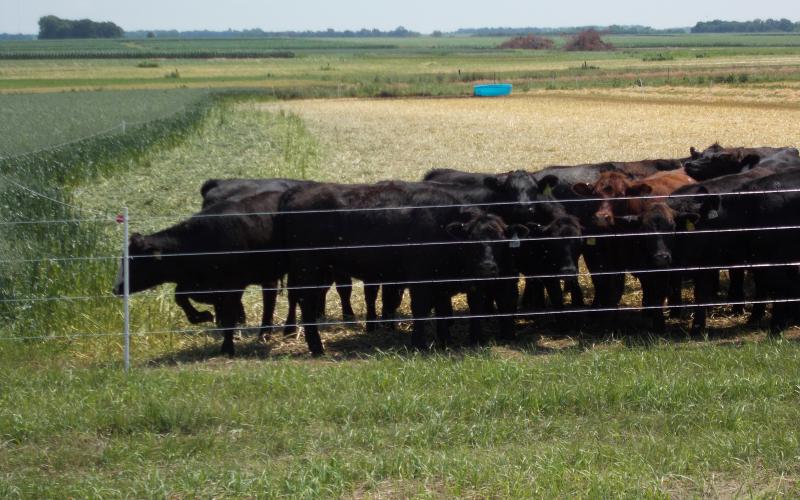
Weaning Calves on Cover Crops
What do we do if it is time to wean calves, but the pen isn’t ready? That can be a real concern during wet fall seasons, such as 2019. Putting calves into muddy pen conditions is far from desirable, but holding calves on the cows deep into fall increases the risk of adverse winter weather and tends to pull body condition off the cows.
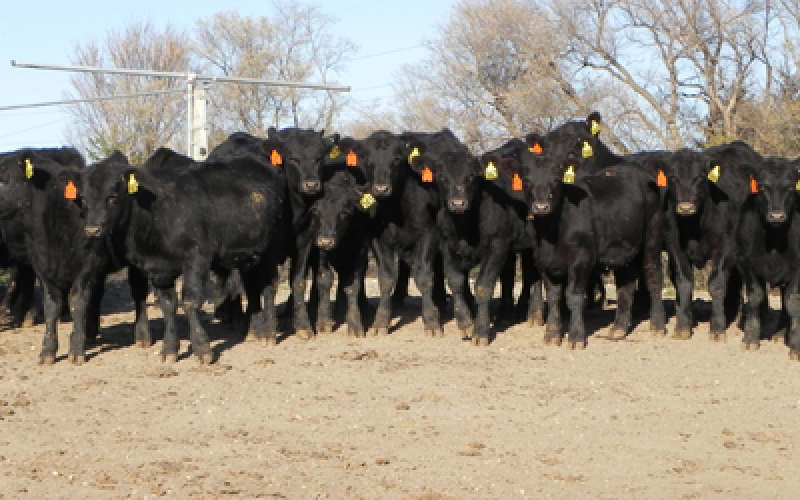
And They’re Off! Winning the Calf Starting Race
Feeding cattle successfully is a bit like a horse race; a bad start can doom the chances of winning. Getting calves off to a great start is crucially important if we want to maintain health and performance throughout the feeding period.
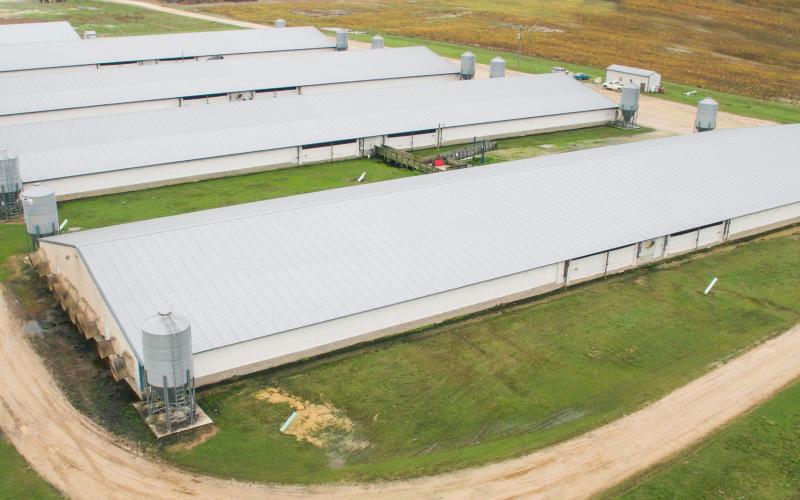
Methods to Slow Finishing Pig Growth
In abnormal situations, like with the packing plant closure we’re currently dealing with, pork producers may need to “hold” their pigs past normal marketing dates in order for other processing options to open up. We can accomplish that in two ways: altering internal barn environment and changing diets.
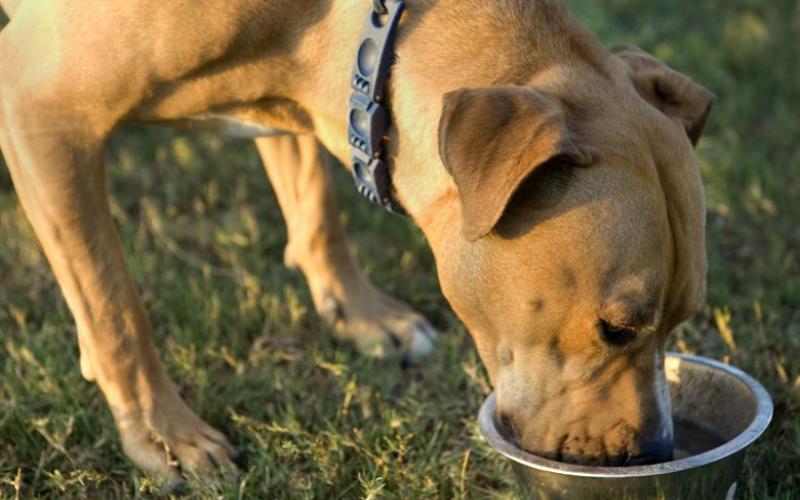
Pet Food & Pet Treats
In South Dakota the Department of Agriculture Feed & Animal Remedy Program is the agency that oversees the manufacturing, licensing and labeling of animal feeds and remedies. Local foods producers interested in selling pet foods or pet treats need to be in compliance with this program.
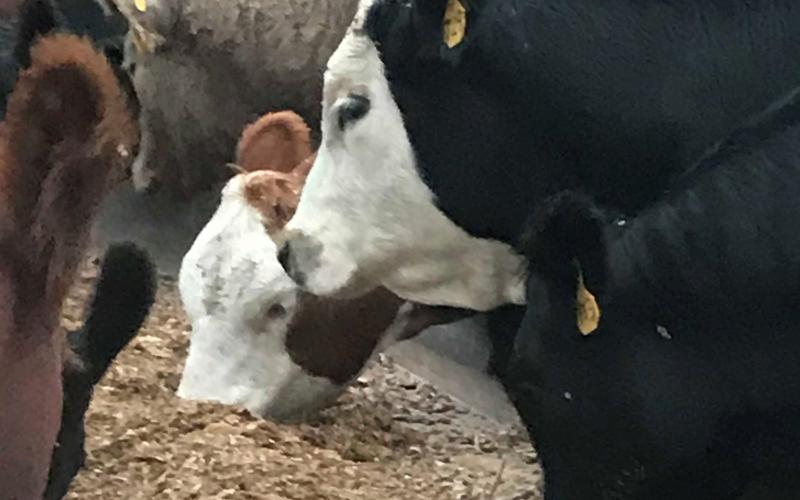
What’s Important to Know About Silage Additives & Inoculants?
Corn is suited to preservation as silage. Silage additives can be used to remedy deficiencies such as lack of sufficient population of bacteria to support adequate fermentation, and low levels of fermentable carbohydrates.
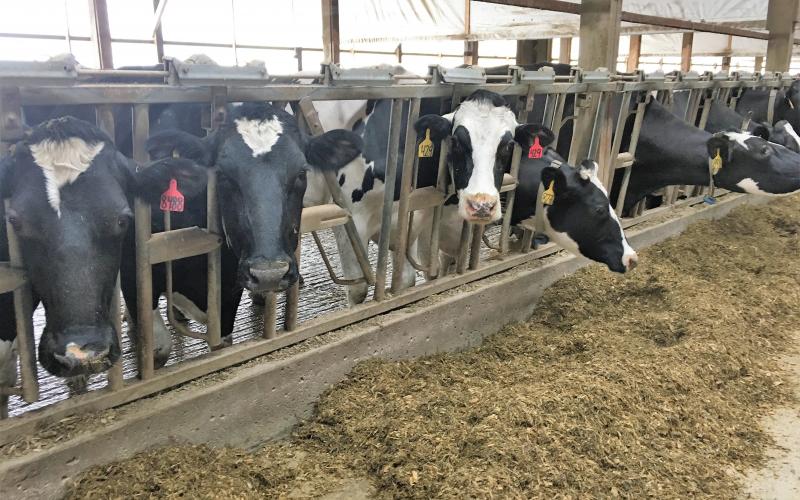
Keeping the Dairy Cow Healthy Means Keeping Her Gut Healthy
While we usually think of a cow’s gut simply as the organ system responsible for digestion and absorption of nutrients, it also plays other critical roles. Essentially a long tube from the mouth to rectum, open to the outside world, the digestive tract is the most substantial interface between the cow’s external environment and her body.
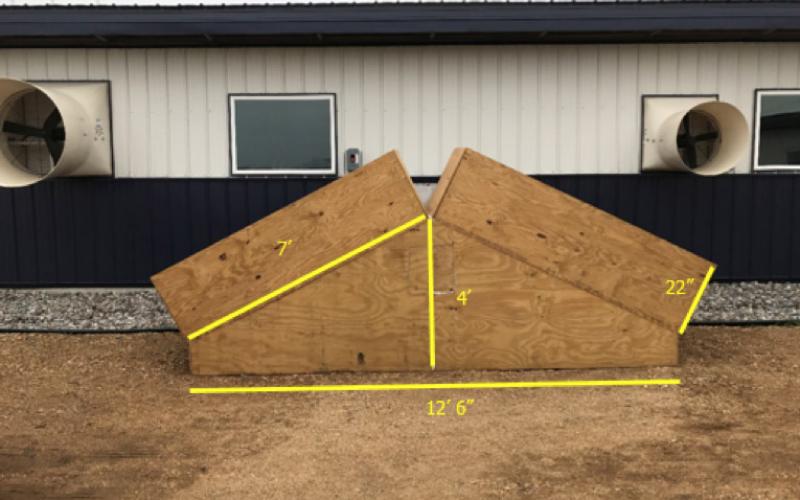
Slanted Bed Biofilter Construction: Lessons learned at the SDSU wean-finish unit
This article outlines the design considerations and cost to construct a slanted bed biofilter for a pit fan on the new South Dakota State University Swine Education and Research Facility wean-finish unit.